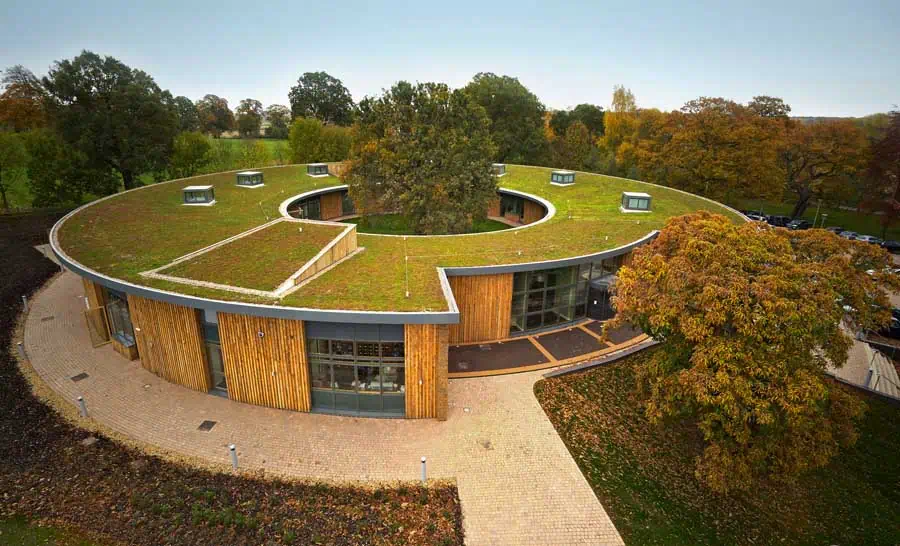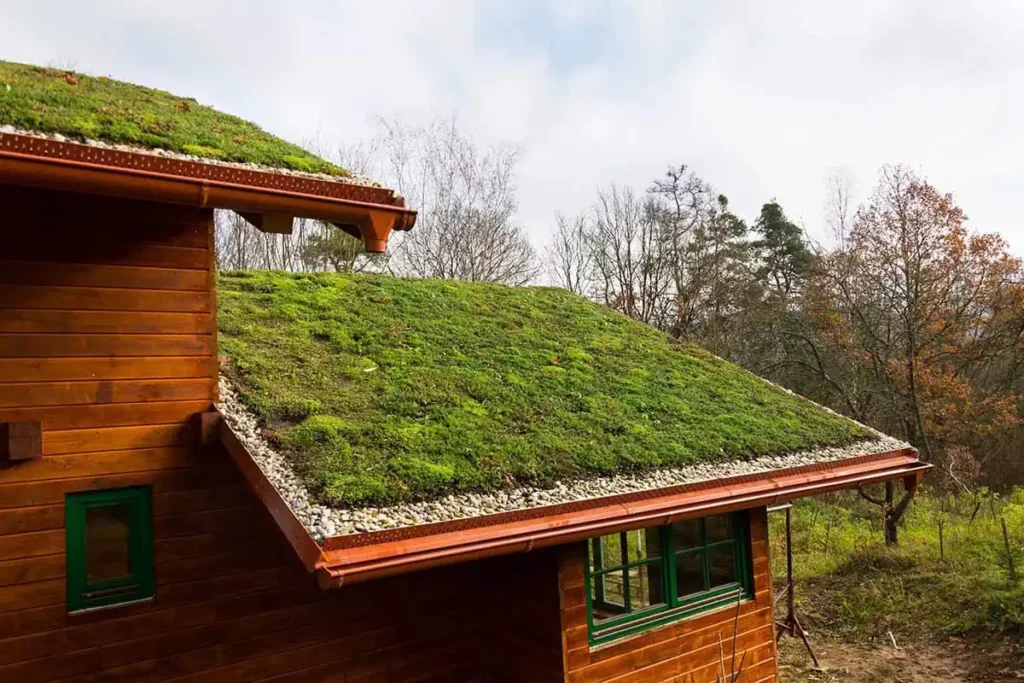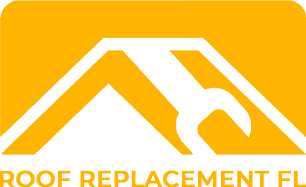Roof Replacement for Green Roofs in Florida

Introduction
A green roof, also known as a living roof, is a roof of a building that is partially or completely covered with vegetation and a growing medium, planted over a waterproofing membrane. Green roofs provide numerous environmental, economic, and social benefits, including improved air quality, energy efficiency, and aesthetic appeal. However, like any building component, green roofs may require replacement due to various factors. This article provides an overview of the green roof replacement process, including reasons for replacement, assessment and planning, the replacement process itself, and maintenance considerations.
Types of Green Roofs
Extensive Green Roofs
Extensive green roofs are characterized by their shallow soil depth, lightweight structure, and low-maintenance vegetation, such as grasses, mosses, and sedums. They are typically used for their environmental benefits and are not designed for regular foot traffic.
Intensive Green Roofs
Intensive green roofs have deeper soil layers, can support a wider variety of plants, including shrubs and small trees, and often require more maintenance. They are designed to be accessible and can include features such as walkways, benches, and even small gardens.
Semi-Intensive Green Roofs
Semi-intensive green roofs combine elements of both extensive and intensive green roofs. They have moderate soil depths and can support a variety of plant types, requiring more maintenance than extensive roofs but less than intensive ones.

Reasons for Green Roof Replacement
Structural Damage
Over time, the structural components of a green roof may deteriorate due to weather conditions, physical wear, or improper installation, necessitating replacement to ensure safety and functionality.
Plant Health Issues
Plants on a green roof may suffer from diseases, pests, or poor growing conditions, leading to the need for replacement to restore the roof’s ecological and aesthetic benefits.
Waterproofing Failures
The waterproofing membrane is crucial for protecting the building from water infiltration. If this membrane fails, it can lead to leaks and water damage, requiring the green roof to be replaced.
Aging and Wear
Green roofs, like all building components, have a finite lifespan. Aging materials and general wear and tear over time can necessitate a complete replacement to maintain the roof’s performance and benefits.
Assessment and Planning
Initial Inspection
A thorough inspection of the existing green roof is essential to identify issues and determine the scope of the replacement project. This includes assessing plant health, structural integrity, and waterproofing effectiveness.
Structural Evaluation
Evaluating the building’s structural capacity is crucial to ensure it can support the weight of the new green roof, especially if changes in design or materials are planned.
Environmental Considerations
Consideration of local climate, weather patterns, and environmental impact is important in planning a green roof replacement to ensure long-term success and sustainability.
Budgeting and Cost Estimation
Accurate budgeting and cost estimation are necessary to plan for the financial aspects of the replacement project, including materials, labor, and potential contingencies.
Replacement Process
Safe Disposal of Materials
Proper disposal of old vegetation, soil, and other materials is necessary to comply with environmental regulations and minimize waste.
Protection of Underlying Structures
Care must be taken to protect the building’s underlying structures during the removal process to prevent damage.
Repair and Preparation
Structural Repairs
Any necessary structural repairs should be completed before installing the new green roof to ensure safety and stability.
Waterproofing and Insulation
Installing or repairing the waterproofing membrane and insulation layers is critical to protect the building and improve energy efficiency.
Selection of Plants and Materials
Choosing appropriate plants and materials based on the roof type, climate, and desired benefits is essential for the success of the new green roof.
Installation Techniques
Proper installation techniques, including layering of materials and planting methods, are crucial for the longevity and performance of the green roof.
Irrigation and Drainage Systems
Effective irrigation and drainage systems are necessary to maintain plant health and prevent water-related issues.
Maintenance and Care
Regular Inspections
Regular inspections help identify and address issues early, ensuring the green roof remains in good condition.
Plant Care and Management
Ongoing plant care, including watering, fertilizing, and pest control, is necessary to maintain the health and appearance of the green roof.
Waterproofing Maintenance
Maintaining the waterproofing membrane is crucial to prevent leaks and water damage.
Seasonal Considerations
Seasonal maintenance tasks, such as clearing debris and preparing for extreme weather, help protect the green roof throughout the year.
Benefits of Green Roof Replacement
Improved Energy Efficiency
A new green roof can enhance the building’s energy efficiency by providing better insulation and reducing heat loss.
Enhanced Aesthetic Appeal
Replacing an old or damaged green roof can significantly improve the building’s appearance and contribute to a more attractive urban environment.
Increased Property Value
A well-maintained green roof can increase the property’s value by enhancing its environmental credentials and aesthetic appeal.
Environmental Benefits
Green roofs contribute to urban biodiversity, reduce the urban heat island effect, and improve air quality, making their replacement beneficial for the environment.

Challenges and Considerations
Cost Implications
Green roof replacement can be costly, requiring careful budgeting and financial planning.
Technical Expertise Required
The replacement process requires specialized knowledge and skills, necessitating the involvement of experienced professionals.
Potential Disruptions During Replacement
The replacement process can cause disruptions to building occupants and operations, requiring careful planning to minimize impact.
Case Studies
Successful Green Roof Replacements
Examples of successful green roof replacement projects can provide valuable insights and inspiration for similar initiatives.
Lessons Learned from Past Projects
Analyzing past projects can help identify common challenges and effective solutions, improving future green roof replacements.
Conclusion
Green roof replacement is a complex but rewarding process that can enhance a building’s performance, appearance, and environmental impact. By carefully planning and executing the replacement, building owners can ensure their green roofs continue to provide benefits for years to come.
